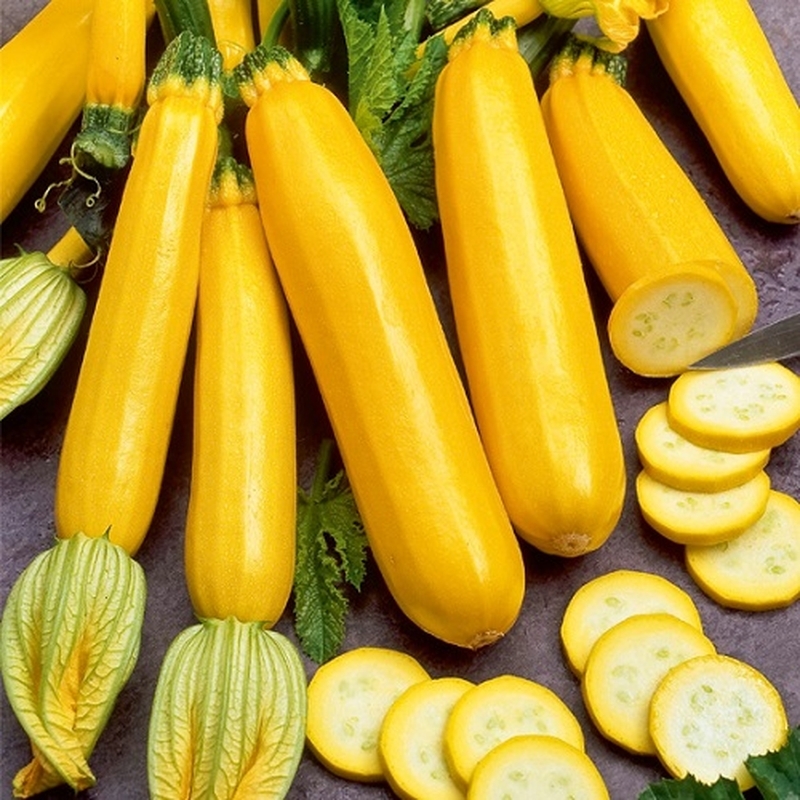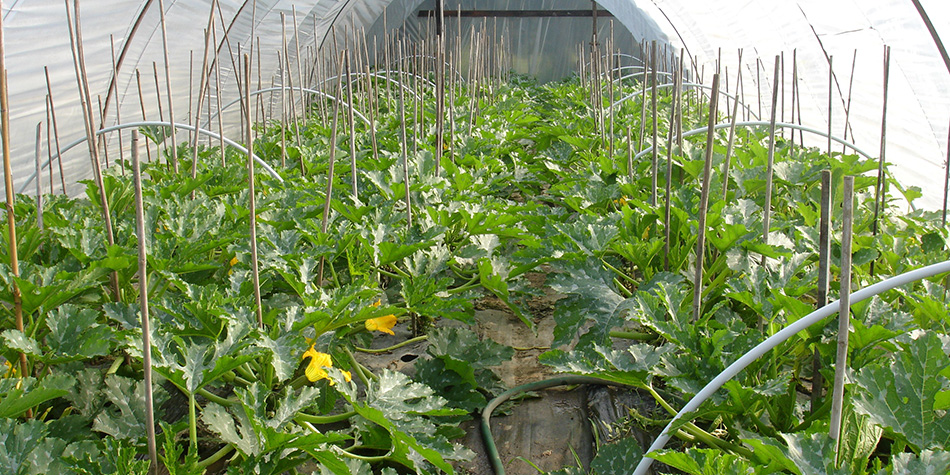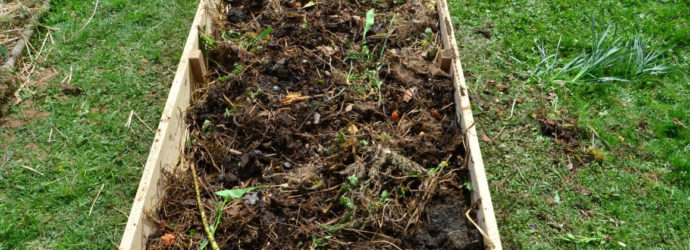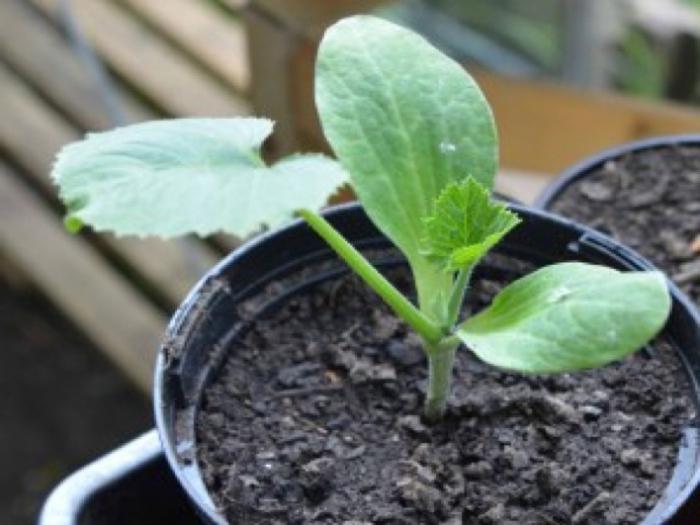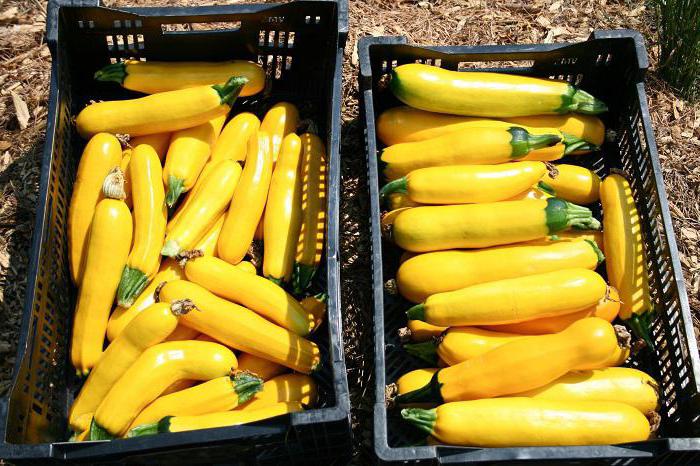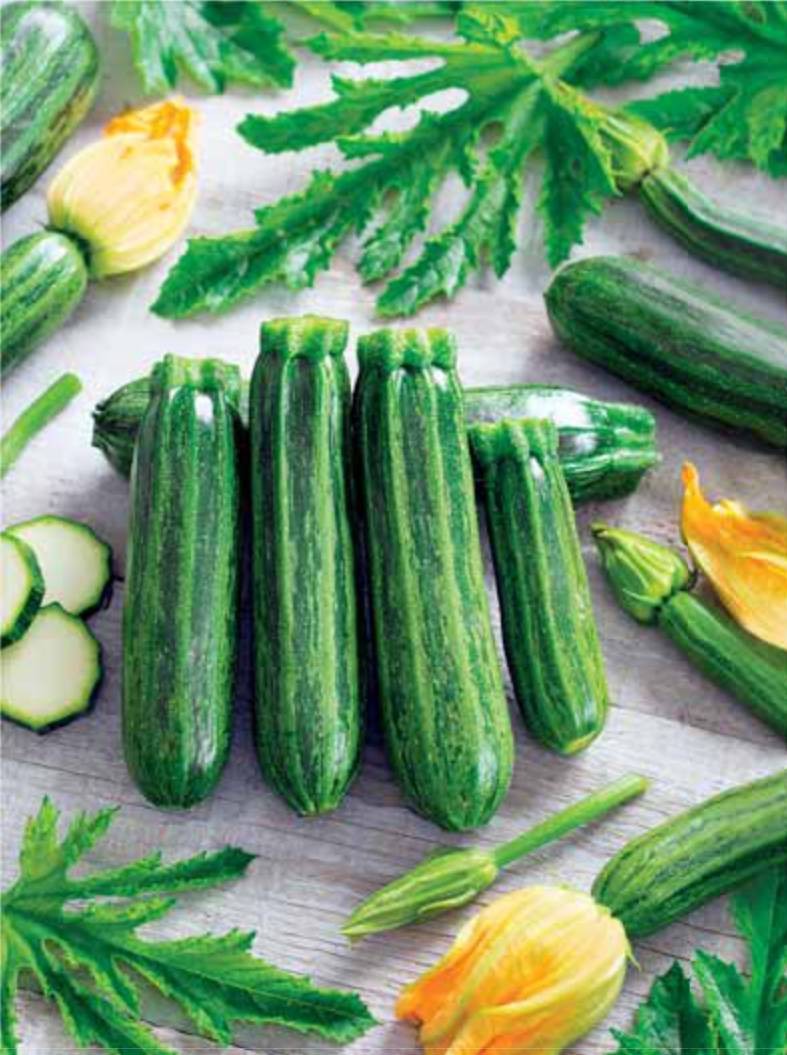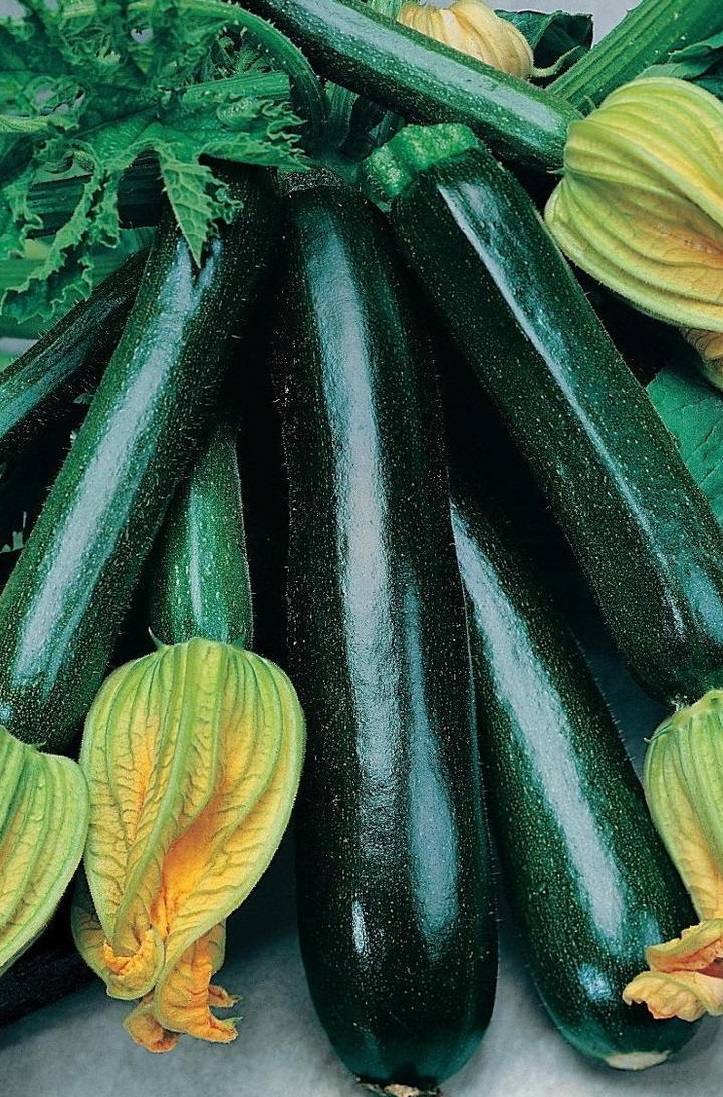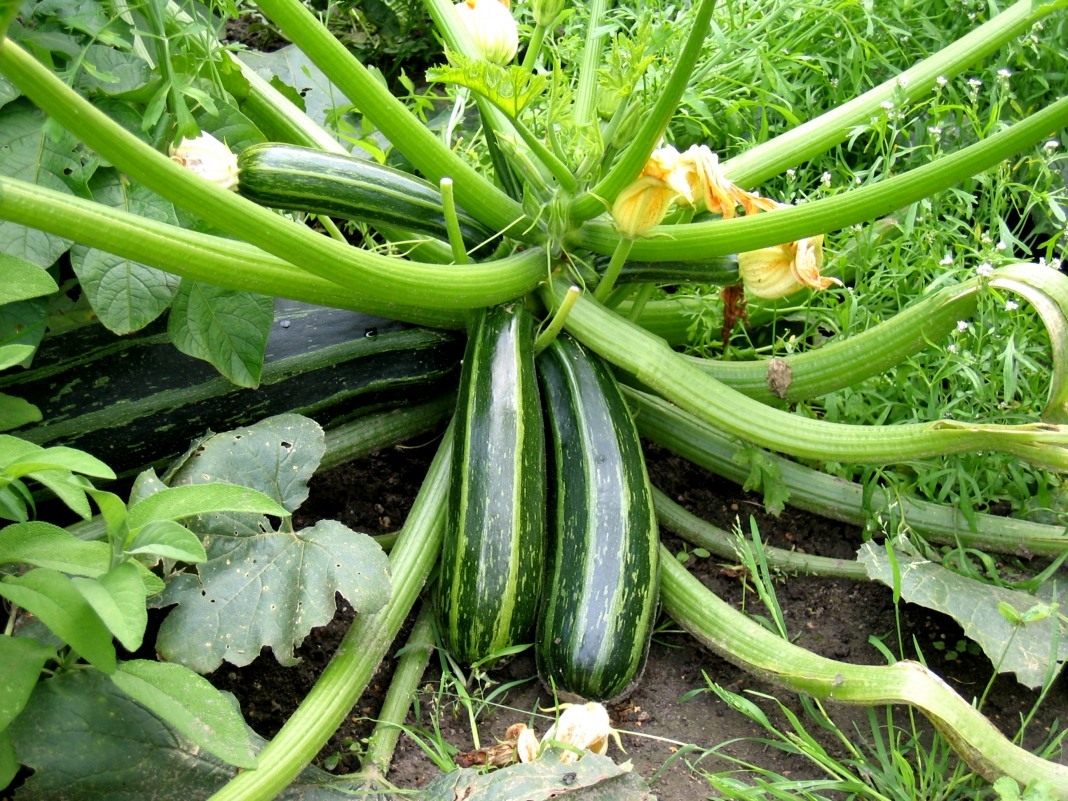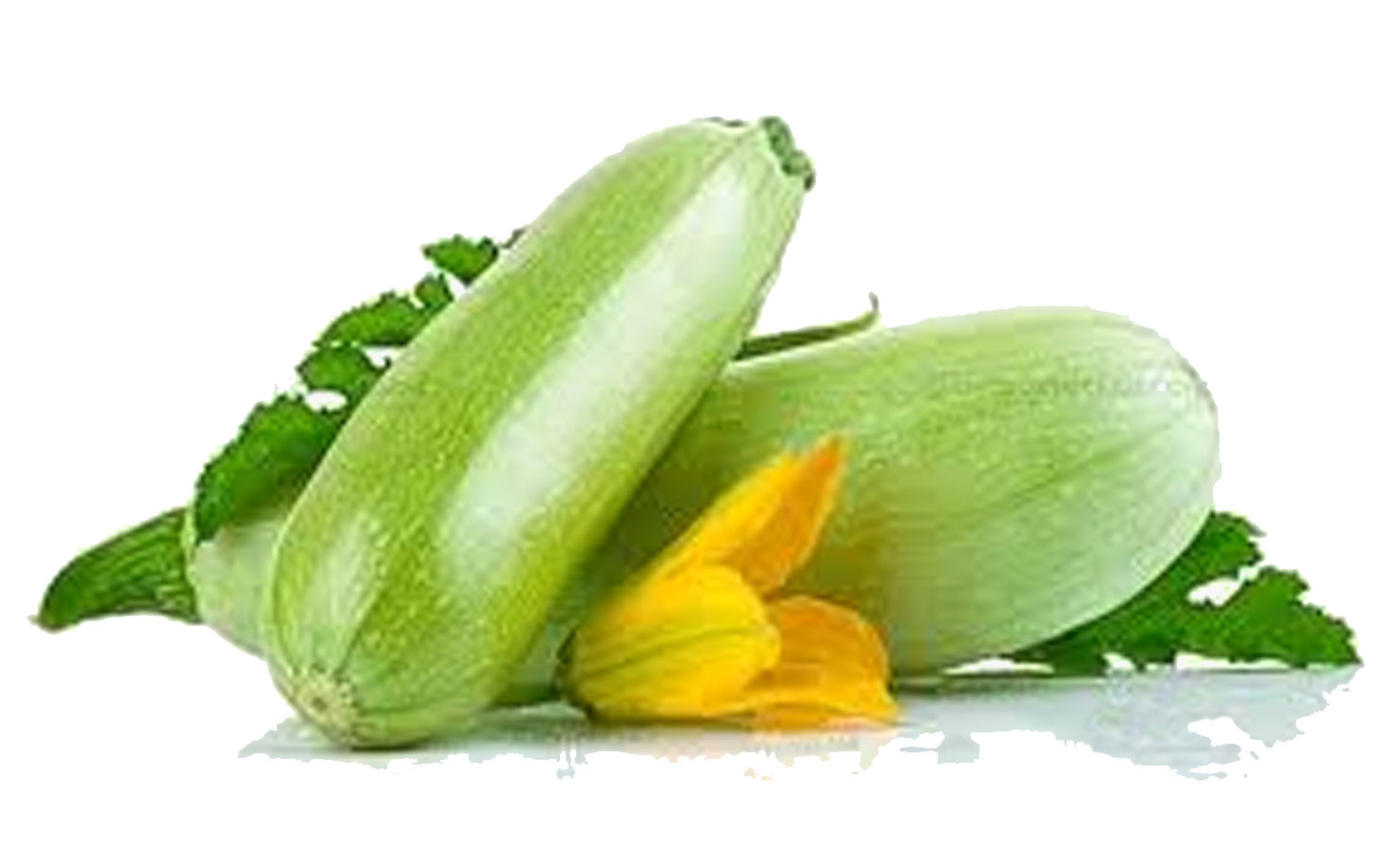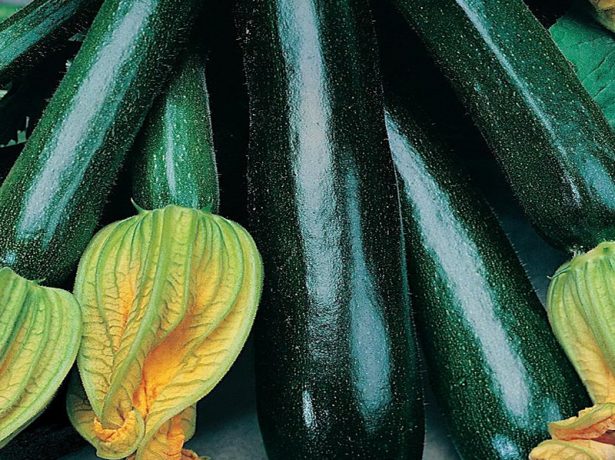Content:
Zucchini belong to the Pumpkin family. These vegetables are widely used for preparing a variety of dishes. Therefore, zucchini is a popular crop in vegetable gardens. Zucchini translated from Italian means "pumpkin". It is a small, early ripe marrow of small size.
Zolotinka - zucchini zucchini, yellow-fruited, has been cultivated in Russia since the 80s of the last century. Due to its fertility, taste and decorative appearance, this variety is still popular. Zucchini yellow-fruited Zolotinka is a dietary product suitable for feeding both small children and adults who follow the correct diet. Zolotinka zucchini is eaten raw (young fruits), stewed and fried. It is also good in canning - crispy, sweetish, retains its beautiful yellow color.
Description of yellow zucchini Zolotinka (Zolotinka)
Zucchini yellow-fruited varieties Zolotinka - a small bush plant, reaching 40 cm in height. In adulthood, small lashes form. The leaves are carved, thornless, powerful. The fruits are oval, golden in color. The rind is smooth, thin and firm. Vegetable sizes reach 15 cm, weight up to 1 kg. The pulp is pale yellow, sometimes with a pink tint. The sugar content in fruits is 4.2-4.5%.
It is recommended to remove fruits up to 0.5 kg. These zucchini are the healthiest. They are juicy and tender. You can consume them raw. It is not necessary to remove the skin.
According to the description of the zucchini Zolotinka, this is an early maturing variety. The period from seed germination to fruit ripening is 45-55 days. Differs in good productivity. During the summer, up to 15 fruits are harvested from one plant. These zucchini have a long shelf life. They are able to maintain their culinary qualities for up to 2 months.
Zucchini Zolotinka is not frost-resistant. On the street, the variety is cultivated in areas where there is no frost for about three months. In areas with harsher climates or for an early harvest, it is better to grow in greenhouses or use seedlings. With a decrease in temperature, fruiting decreases.
The Zolotinka variety is resistant to powdery mildew. Like all zucchini, it is susceptible to attack by spider mites, whiteflies and melon aphids.
Care features
The Zolotinka variety is quite picky about the soil. Prefers a light, drained, fertile, neutral substrate. Feels good on loamy soils. The soil must be warmed up. If the soil is acidic, peaty or heavy, clayey, plant growth slows down, shoots and fruits become smaller, and yield decreases. To remedy the situation, rotted manure, phosphorus-containing fertilizers, and wood ash are introduced into the soil. For better growth and fruiting, you can spray it with urea 2 times (1 tablespoon per 10 liters of water). The period between spraying is 2 weeks.
Due to the fact that Zolotinka is an early ripening variety, it is undesirable to feed it with nitrate fertilizers. Otherwise, chemicals will build up in the fruit. Instead, compost is added to the planting hole.
The soil for zucchini must be constantly moist, without stagnant water. This is an important maintenance condition for flowering and fruit formation. In drought, the ovaries may crumble. Watered with warm water 1 - 2 times a week.
The variety is grown in areas where cruciferous, legumes or nightshades used to grow. Also among the predecessors, root crops are preferred. If zucchini is planted where pumpkin seeds used to grow, they can become infected with diseases of previous plants.
Zucchini Zolotinka is planted in open, sunny places. These spaces should be well warmed up and ventilated to prevent decay.
Bush squash, including zucchini, are not docked. The fruits of these plants are formed on the central stem. Due to its structure, namely - low growth, Zolotinka does not require a garter. Only an adult plant, when small lashes begin to form, may need additional support. It is better to remove the lower leaves, then the zucchini will be better ventilated.
Sowing and growing seedlings
Seeds of yellow zucchini are sown after frost. The distance between the holes should be at least 60 cm. 2-3 seeds are placed in each hole. For better germination, a covering material is used. Even before the shoots sprout, the soil is mulched. After the appearance of seedlings, the plants dive, removing weak seedlings.
When 4-5 true leaves are formed, the plants are carefully spud. Then the root system will grow stronger and become more powerful.
If you start growing seedlings in April, then in the first half of June you can already harvest. When planting, use peat cups with specialized soil for seedlings.
Advantages and disadvantages of the variety
The advantages of the yellow-fruited zucchini Zolotinka include its fertility (forms many ovaries) and early ripening of the crop even in temperate climates. The bush is compact. zucchini Zolotinka - varietal, so you can independently collect seeds for sowing next year.
Young fruits of this variety are quite pleasant and delicate in taste. They have a beautiful bright yellow color, which is preserved when preserved. The taste of the fruit is not bland. Some are reminiscent of the taste of pumpkin or asparagus, sweetish.
Excess vegetables can be fed to livestock.
Zolotinka is not susceptible to disease, tolerates temperature changes. The composition of the fruit contains useful trace elements and vitamins. This variety is used in cosmetology. Its medicinal properties are used to cleanse the body.
The disadvantage of zucchini zucchini Zolotinka is the rapid overripening of the fruit. Such zucchini have a coarse peel. Ripe fruits are large, with a large seed chamber, become fibrous and rough.
If you follow agricultural techniques and harvest on time, Zolotinka is ideal for second courses and preservation, decorating them with its sunny color.
